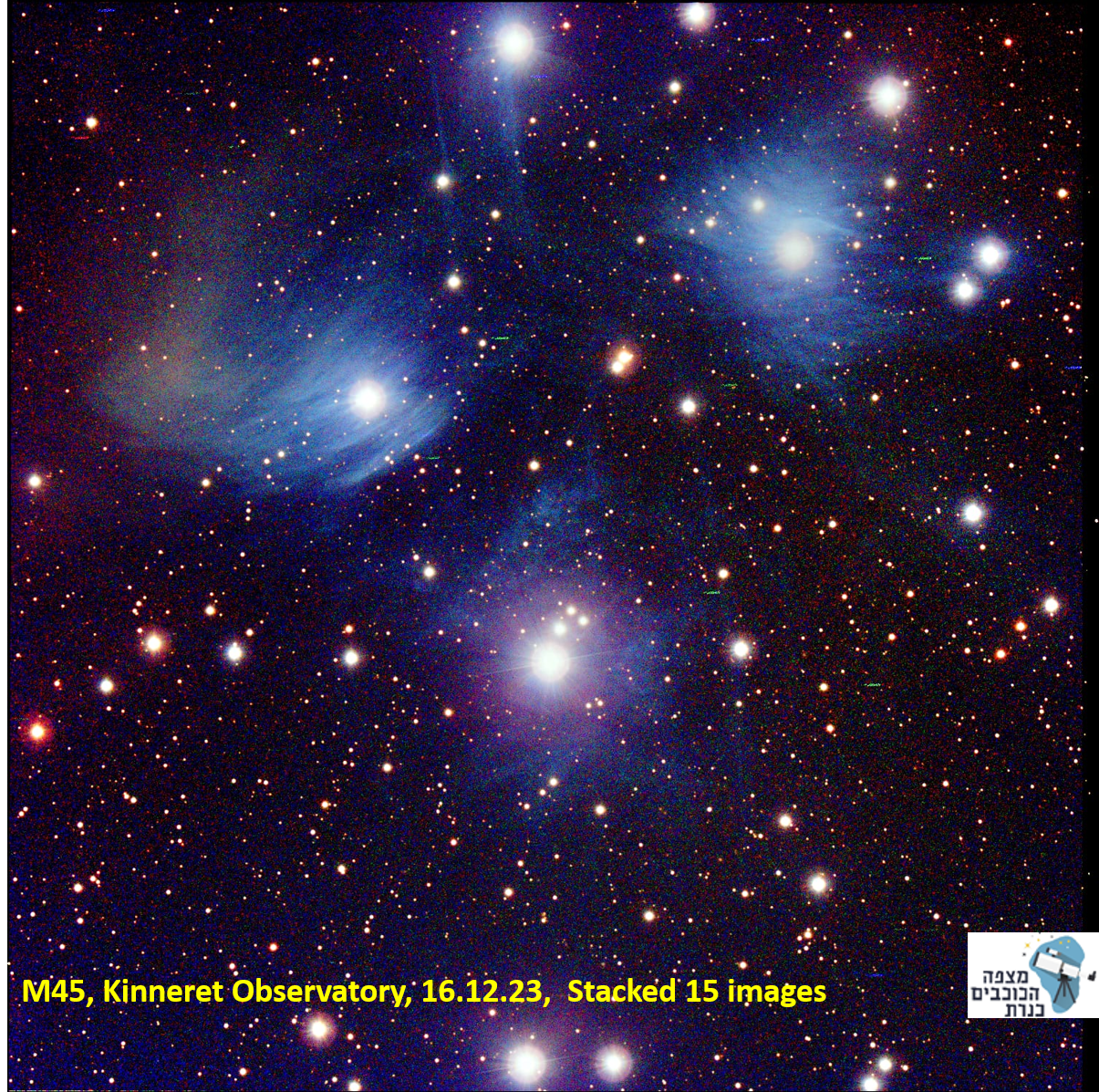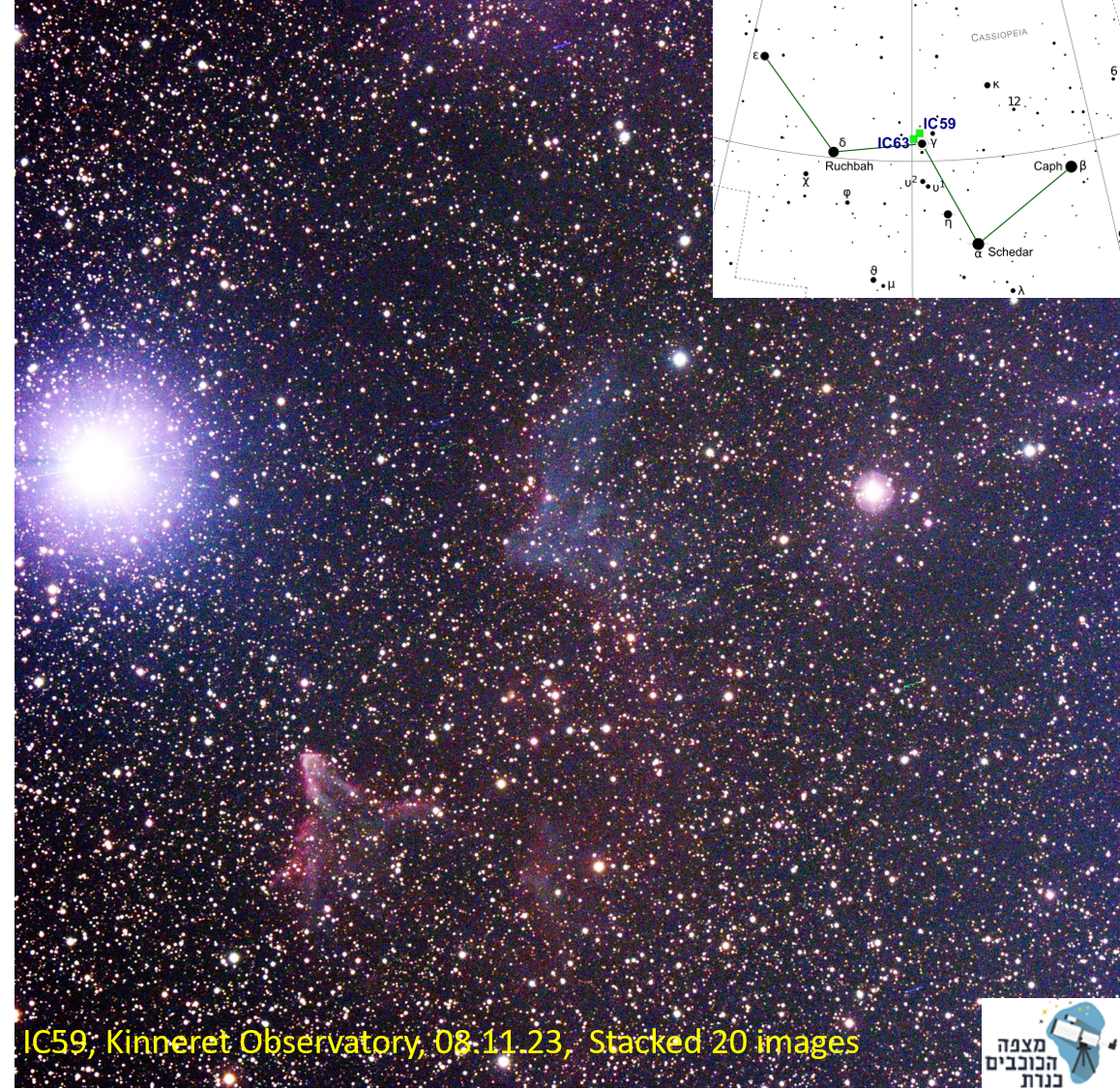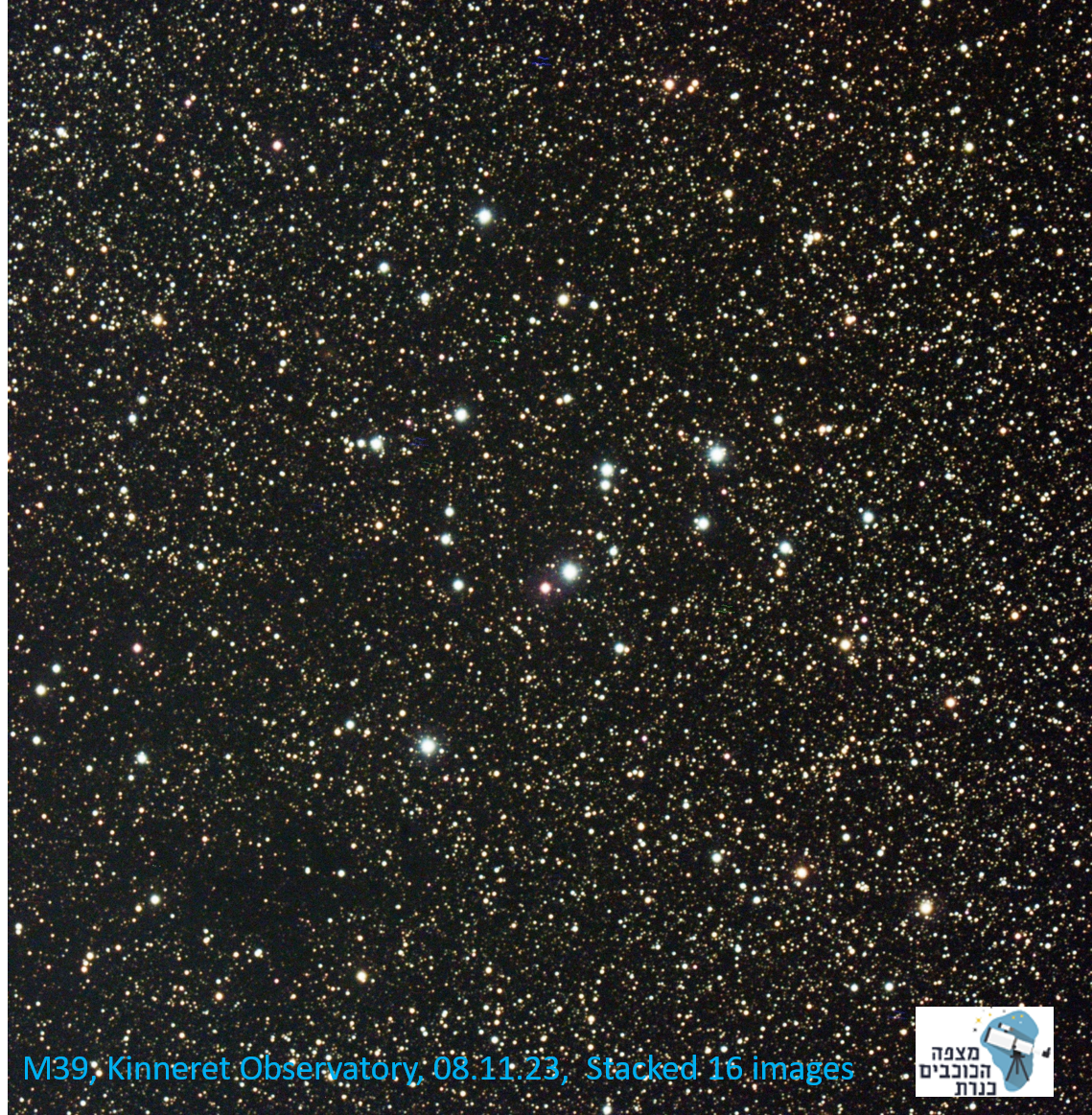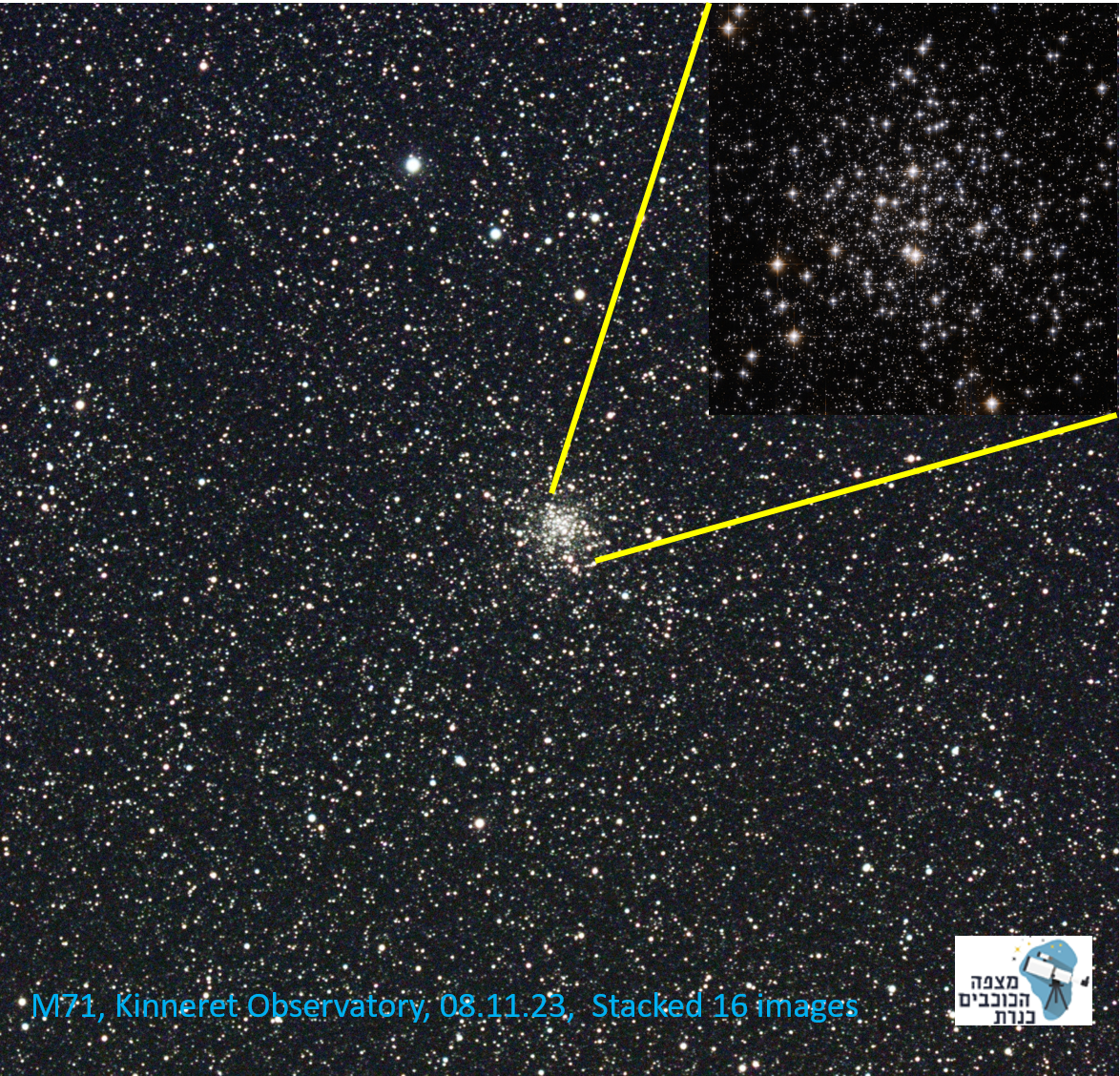
The Pleiades, also known as the Seven Sisters, Messier 45, and other names by different cultures, is an asterism and an open star cluster containing middle-aged, hot B-type stars in the northwest of the constellation Taurus. At a distance of about 444 light-years, it is among the nearest star clusters to Earth. It is the nearest Messier object to Earth and is the most apparent cluster to the naked eye in the night sky. It is also observed to house the reflection nebula NGC 1432, an HII region.
The cluster is dominated by hot blue luminous stars formed within the last 100 million years. Reflection nebulae around the brightest stars were once thought to be leftover material from their formation. However, they are now considered likely to be an unrelated dust cloud in the interstellar medium through which the stars pass. This dust cloud is estimated to be moving at a speed of approximately 18 km/s relative to the stars in the cluster.
Computer simulations have shown that the Pleiades were probably formed from a compact configuration that resembled the Orion Nebula. Astronomers estimate that the cluster will survive another 250 million years, after which it will disperse due to gravitational interactions with its galactic neighborhood.
Together with the open star cluster of the Hyades, the Pleiades form the Golden Gate of the Ecliptic.



